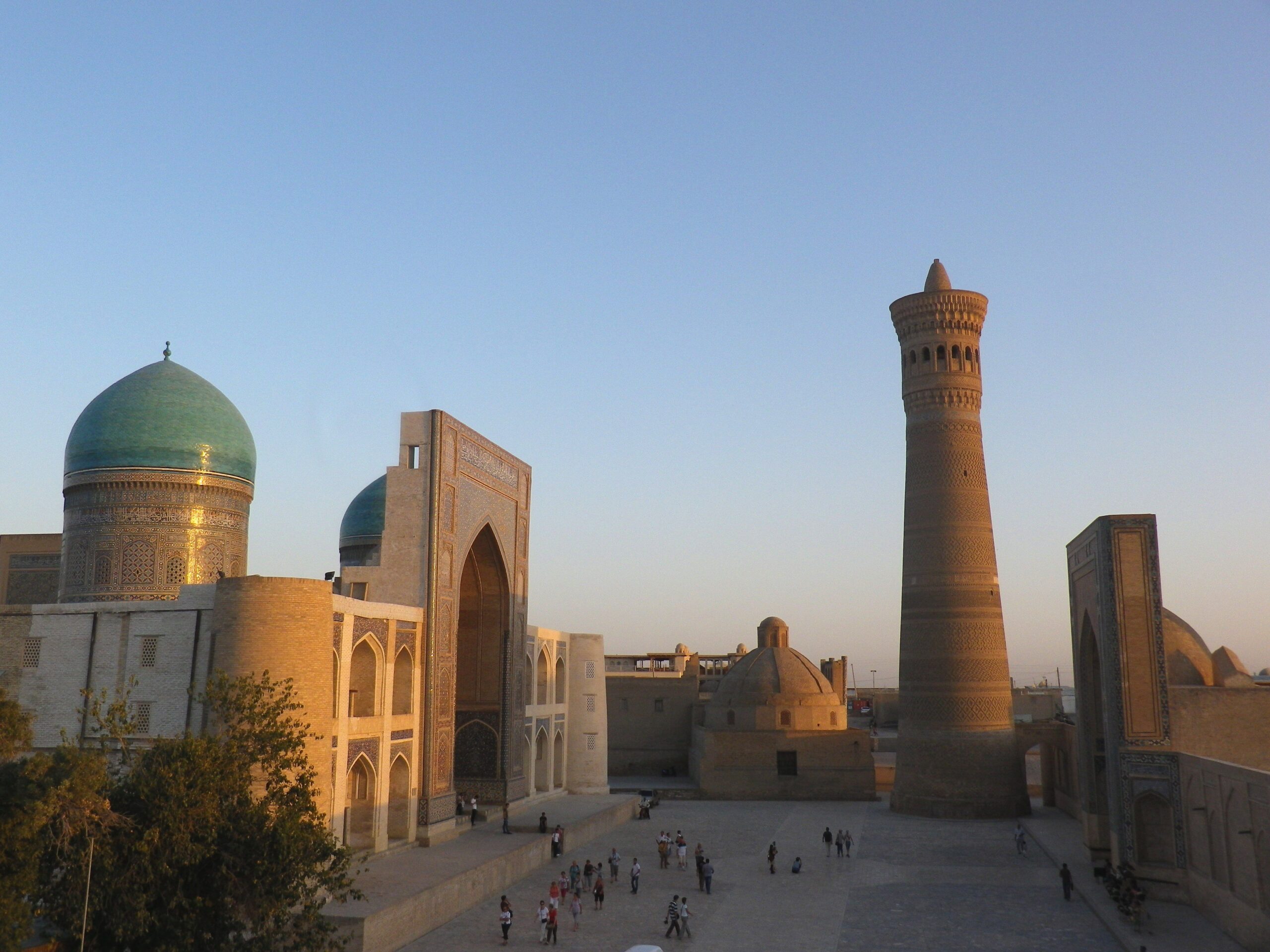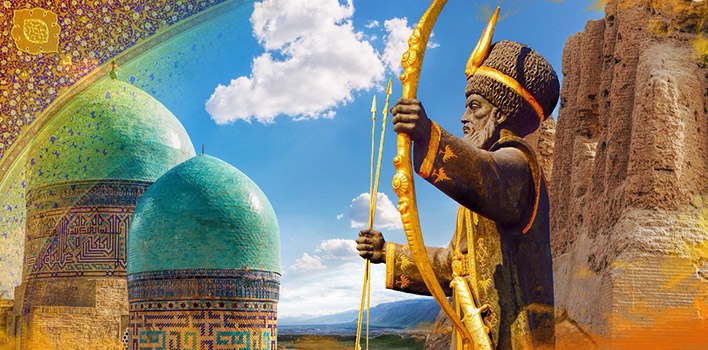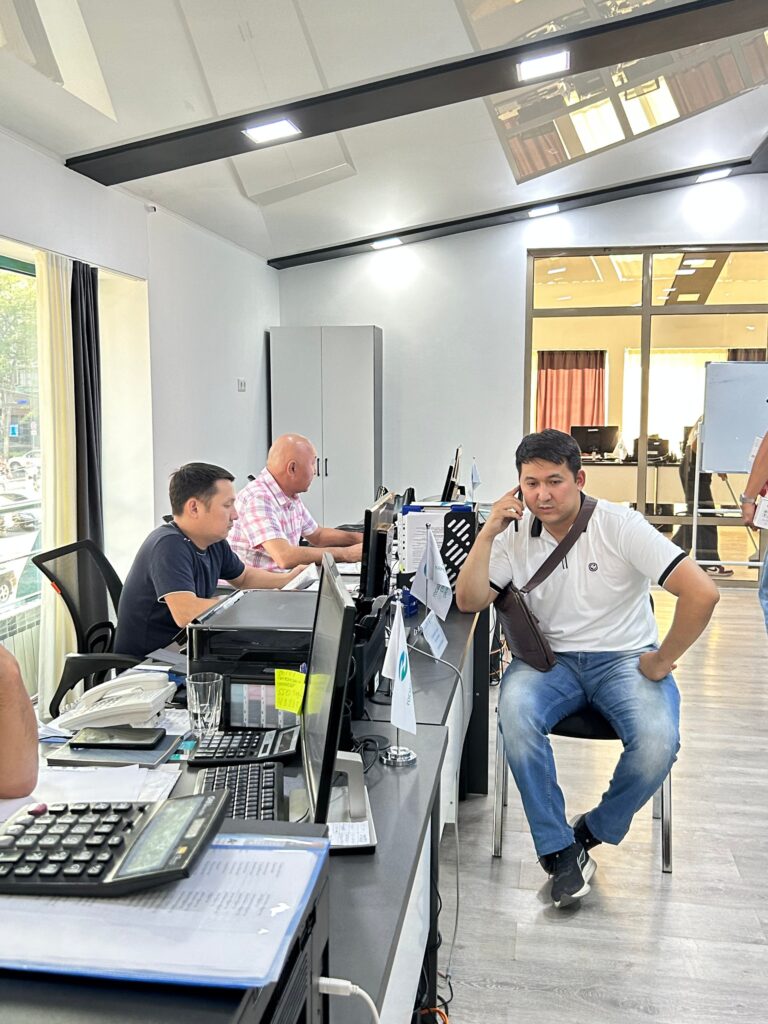Demolitions in Bukhara’s buffer zone continue despite Uzbekistan’s promises to harmonize its plans with the United Nations Educational, Scientific and Cultural Organization (UNESCO). On February 26, demolition began on the 23,000-seat Bukhara Arena stadium near Bukhara’s historic centre. Ignoring the fact that construction of the Bokii Bukhoro tourist centre is under review by ICOMOS, the advisory body of UNESCO’s World Heritage Committee, local authorities are activating their plans.
UNESCO claims that on February 8, a letter was sent to the Uzbek government requesting clarification of plans for the project, but have received no response to date.
On March 2, Sara Noshadi, head UNESCO in Uzbekistan, issued the statement: “UNESCO is closely monitoring the state of conservation of the Bukhara World Heritage Site, including concerns expressed by civil society about potential construction plans in the buffer zone of the site. The World Heritage Centre has contacted the Uzbek authorities on this matter to request additional information and clarify the situation. The World Heritage Centre hopes that the authorities will fulfil their obligations under the World Heritage Convention and will not undertake any demolition/construction projects without prior notification and assessment by the World Heritage Committee, whose next session is in July 2024. UNESCO stands ready to provide expertise and assistance to safeguard the Outstanding Universal Value of the site.”
Alerte Héritage is a non-governmental organization for the protection of Central Asian architectural and cultural heritage headed by Boris Chukhovich.
A specialist in architecture and the protection of cultural heritage, Chukhovich actively advocates the protection of Bukhara’s historic centre. He strongly criticized the plan for the tourist centre, as “disastrous” and a “sham” and stated, “We appeal to UNESCO, which is responsible for World Heritage sites, and to the Uzbek government, which is responsible for the preservation of the country’s cultural heritage, as well as to all concerned institutions and individuals: the demolition must be stopped and further plans discussed and made available to the public as soon as possible!”
Bukhara joined UNESCO’s list of World Heritage Sites in 1993 and reflects the urban planning and architecture of the period of Uzbek rule by the Shibanid dynasty. The territory of the historical centre of Bukhara is 216 hectares, and its protected area, 339 hectares. The total area of the planned tourist centre is 32.6 hectares, all within the protected area of Bukhara’s historical centre which contains two objects of cultural heritage included in the National Register: the Sallakhkhana gate, restored in 2012, and the bust of Abu Ali ibn Sina, installed in 1980.
However, according to local officials, Bukhara’s infrastructure — much of which was built during the Soviet era — needs improvement to attract tourists. According to the requirements of the Convention for the Protection of the World Cultural and Natural Heritage of UNESCO, any major facilities planned for construction in Bukhara’s historical centre and its buffer zone must be pre-approved by UNESCO and, according to local legislation, by the Cultural Heritage Agency of Uzbekistan.








